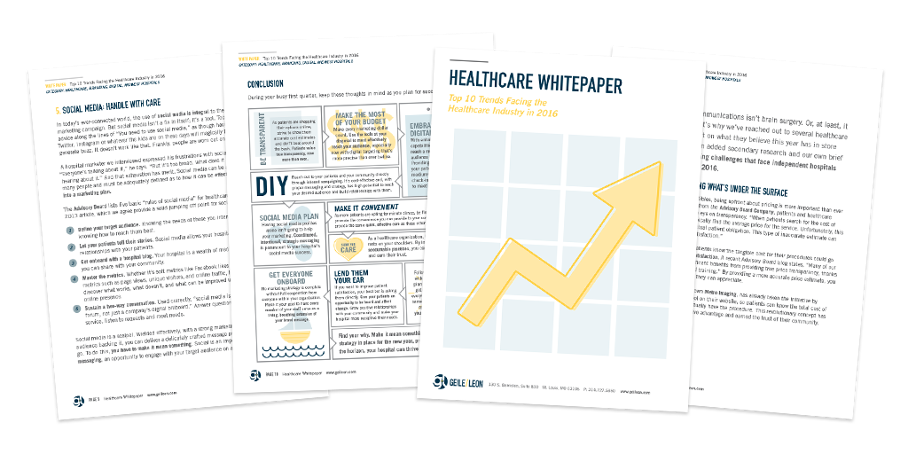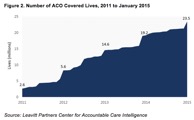Okay, I have to admit it. I have been disruptive most of my life. But in a fun way, just ask my mom. I didn’t think of it as being disruptive at the time. I just thought I was just having fun in grade school. I was sent to the hall, or the principal’s office more times than I care to remember. But you know what? my teachers remembered me. And that’s what I want you to do with your healthcare marketing.
I have applied that talent (and I use the word loosely) to advertising and healthcare marketing for our clients. Take Metro Imaging of St. Louis for example. Metro had a very unique selling position. They could offer unprecedented, upfront pricing for X-rays, CT scans, and MRI’s that hospital radiology simply couldn’t do. Can you imagine buying anything and not getting the costs until after you’ve bought it? At Metro Imaging, you’ll get the complete cost breakdown of your exam, such as how much insurance will cover, what your deductible is, and how much you may need to pay out of pocket. Plus, Metro Imaging can give patients immediate, On-Site Results of their exam, from a real, licensed radiologist before they leave the building. Now think about that for a second.
Better upfront pricing, and patients can get preliminary results of their exams before they leave. So now we are not just selling imaging exams, we are selling peace of mind. So if you have an immediate concern about your medical condition, you can be put at ease right away, instead of spending weeks worrying about the results. You can then talk about it with your personal doctor at a later date. That’s powerful.
I had talked with a few healthcare marketing managers from major hospital systems (you can read more of their insights in our new Healthcare Marketing whitepaper) at the time of this campaign, and they all said, something to the effect of…“You know, you guys really threw us for a loop on that campaign.” I said, “How so?” They said:
“We had several uncomfortable board meetings about your campaign. Our hospital system couldn’t calculate costs of imaging exams up front like Metro Imaging could. It was just too complicated. Plus, we couldn’t figure out how to do the OnSite results thing. We just physically couldn’t do it.”
So, with Metro’s strong, unique abilities and selling position, the next step was to creatively deliver that message in a memorable way. I thought who better to deliver that message than the medical exam images themselves. We call it the Skeleton Campaign. Not only did we produce a memorable and impactful TV campaign, we wrapped entire buses in routes that went right past the hospital locations, telling everyone what Metro could do, and what the hospital couldn’t. A unique selling position, creatively delivered, that actually changed a consumer mindset and behavior. That’s disruptive! And the results were phenomenal!

If you’d like to learn more about the latest healthcare marketing trends, click the link HERE or fill out the form below:
[gl-hs-form form_id=’d7272d0e-44ce-41ae-983e-f52b58f52b41′]




